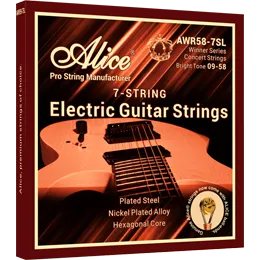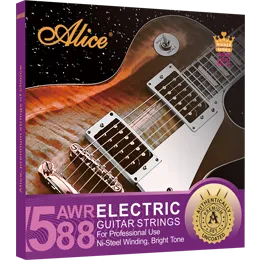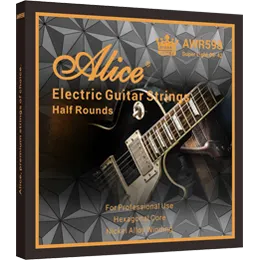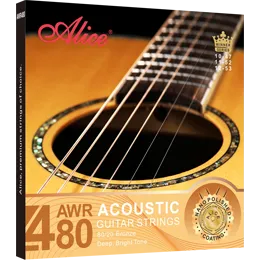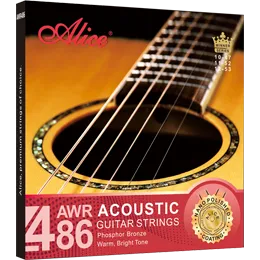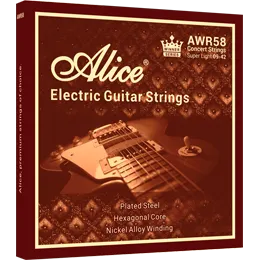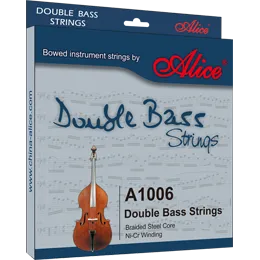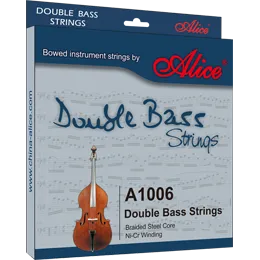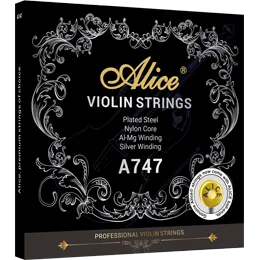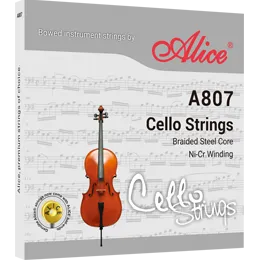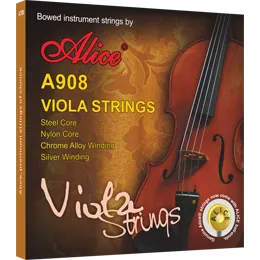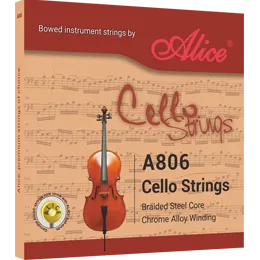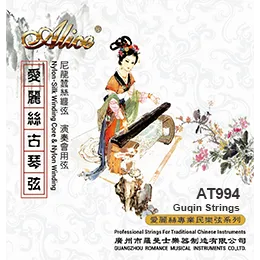Orchestral Strings Explained: A Beginner-Friendly Guide to Violin, Viola, Cello, and Double Bass
The string section is the soul of the orchestra—its warm, rich sound forms the emotional backbone of classical music. Whether it's the soaring melody of a violin or the thunderous foundation of the double bass, orchestral strings are responsible for delivering depth, harmony, and nuance. For beginners entering the world of orchestral music, understanding these instruments and how to choose the right strings is a vital first step.
What Are Orchestral Strings?
In the context of a symphony orchestra, orchestral strings refer to the family of bowed string instruments that includes:
Violin
Viola
Cello (Violoncello)
Double Bass (Contrabass)
Each of these instruments has a distinct tonal range and function within the ensemble. They are played with bows and use specially designed strings—typically made from steel, synthetic core, or gut materials—to produce sound through vibration and resonance.

The Role and Characteristics of Each Instrument
1. Violin – The Voice of Melody
Tuning: G–D–A–E (high to low)
Range: Highest among the strings
Orchestral Role: Violins are usually divided into first and second sections. The first violins often carry the melody, while the second violins provide harmony, rhythm, or counterpoint.
Tone: Bright, lyrical, and agile
2. Viola – The Warm Inner Voice
Tuning: C–G–D–A
Range: A fifth below the violin
Orchestral Role: The viola bridges the gap between violins and cellos, adding warmth and fullness to the inner harmonies.
Tone: Mellow, rich, and slightly deeper than the violin
3. Cello – The Singing Bass
Tuning: C–G–D–A
Range: An octave below the viola
Orchestral Role: Cellos play both melodic and harmonic roles. Their expressive range makes them essential for lyrical passages and deep accompaniments.
Tone: Lush, resonant, and emotional
4. Double Bass – The Foundation
Tuning: E–A–D–G
Range: Lowest in the string family
Orchestral Role: The double bass provides the rhythmic and harmonic foundation of the orchestra, often doubling cello lines an octave lower.
Tone: Deep, powerful, grounding
Getting Started: A Guide for Beginners
If you’re a student or new to orchestral strings, your journey begins with the right setup—and that includes choosing the right strings.
1. Choose the Right Instrument Size
For children and smaller players, fractional sizes are available for all orchestral strings. Always consult your teacher or a luthier to ensure proper sizing.
2. Understand String Types
Beginner-friendly strings are usually:
Steel core: Offers durability, tuning stability, and affordability.
Synthetic core: Slightly warmer tone, but still stable and beginner-friendly.
Gut core strings are not recommended for beginners due to their sensitivity and frequent tuning needs.
3. Entry-Level Strings for Learning
When starting out, it’s best to choose strings that offer:
Stable intonation
Durability under daily practice
Moderate tension for easy finger pressure
Consistent tone production
Look for string sets specifically labeled for “student” or “beginner” use, as they are designed to meet the needs of early learners.
Tips for Selecting Beginner Strings
Budget Matters: Don’t overspend on high-end strings if your instrument is entry-level.
Playability First: Prioritize comfort and ease of use over complex tonal qualities.
Durability is Key: As a beginner, you’ll be tuning and adjusting often—durable strings help maintain stability.
Tone Preference: Some students prefer brighter strings (nickel-wound), others want warmer tones (synthetic core)—try a few to find your style.
Transitioning to Intermediate Strings
Once you build foundational skills and gain control over tone production, you may want to explore higher-grade strings with more tonal complexity, better responsiveness, and nuanced articulation. However, your choice should still match your instrument and playing needs.
About Alice Orchestral Strings
Alice Strings is a trusted global brand offering a full range of high-quality strings for orchestral instruments, including violins, violas, cellos, and double basses. Alice's student series is specially designed for beginners and learners, combining reliable tuning stability, easy playability, and long-lasting tone—all at an affordable price.
Whether you are just starting your musical journey or supporting a classroom of students, Alice provides dependable and well-crafted strings that help young musicians play with confidence.
Relate News
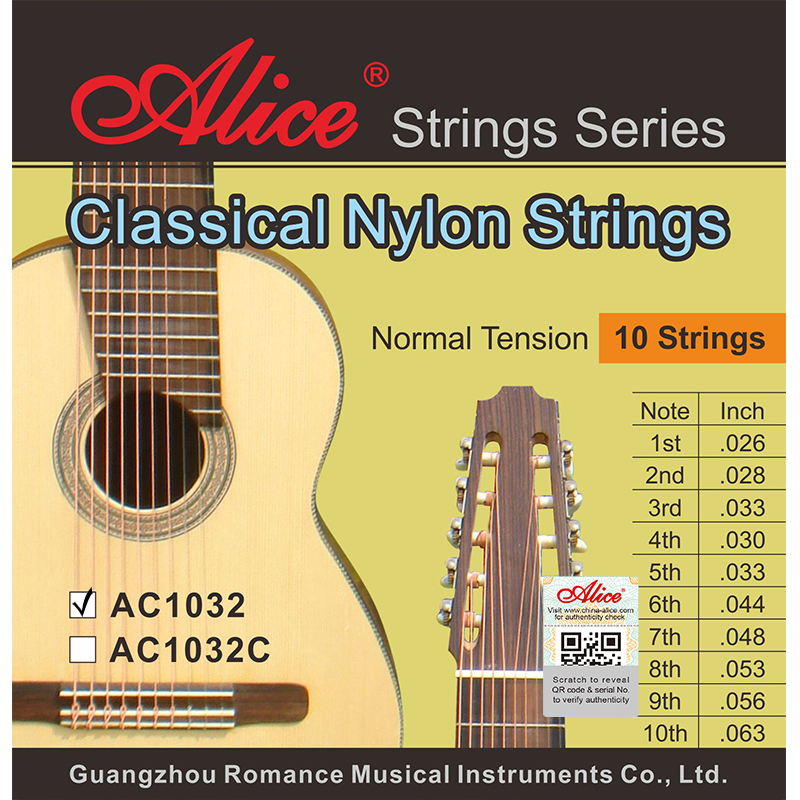
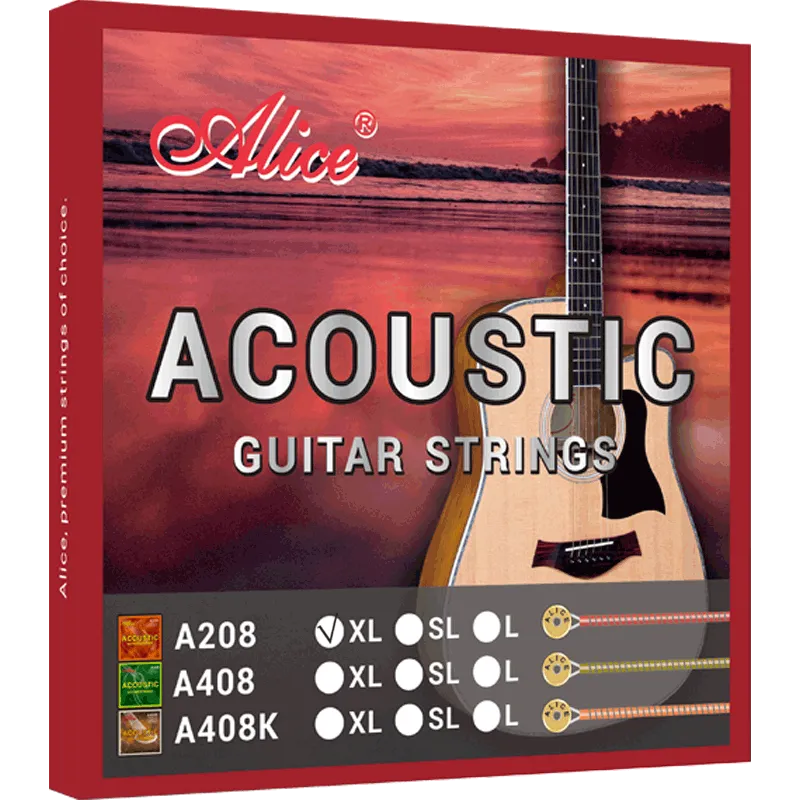
5 Key Indicators to Identify High-Quality Acoustic Guitar Strings
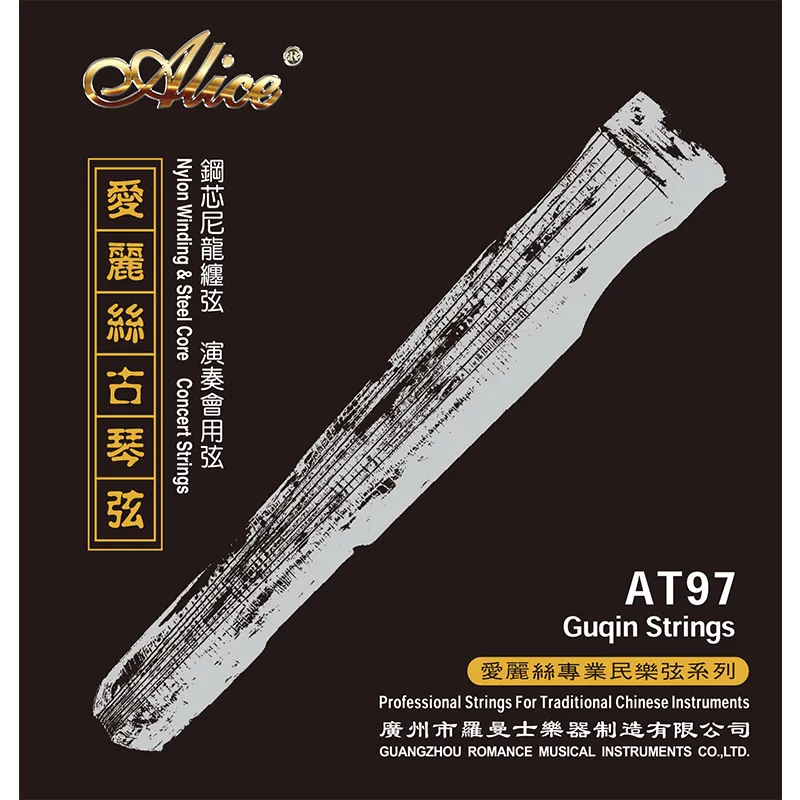
What Are Guqin Strings Made Of?
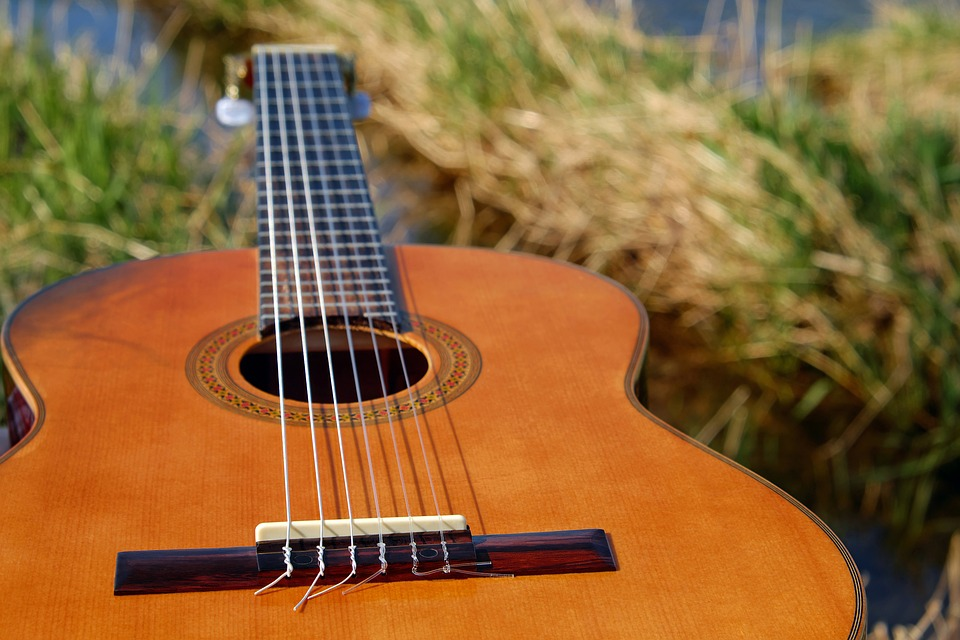
Silk Strings, Steel Strings, and Nylon Strings: Which Is Best for Your Traditional Music Performance?
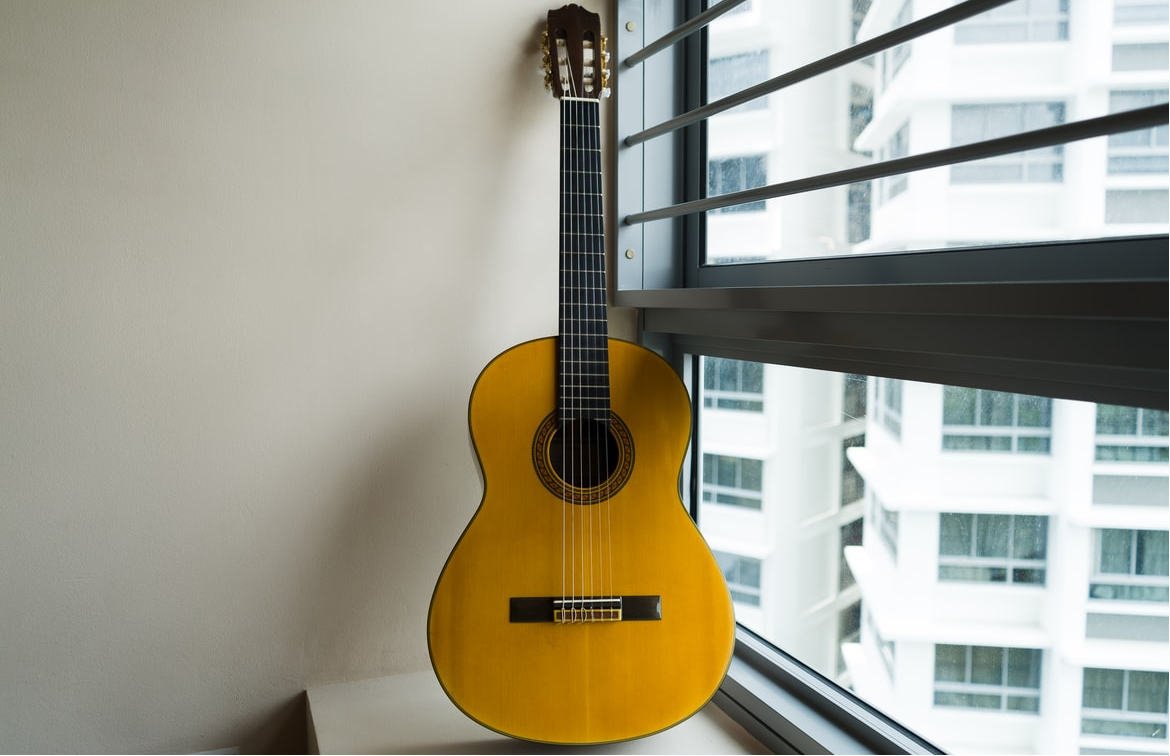
Complete Guide to Guitar String Materials

Tone Comparison of Brass Alloy, Phosphor Bronze, and Coated Guitar Strings

How to Choose the Right Guitar Strings for Your Performance: A Scenario-Based Buying Guide

OEM Guitar String Customization: A Detailed Guide to the Process
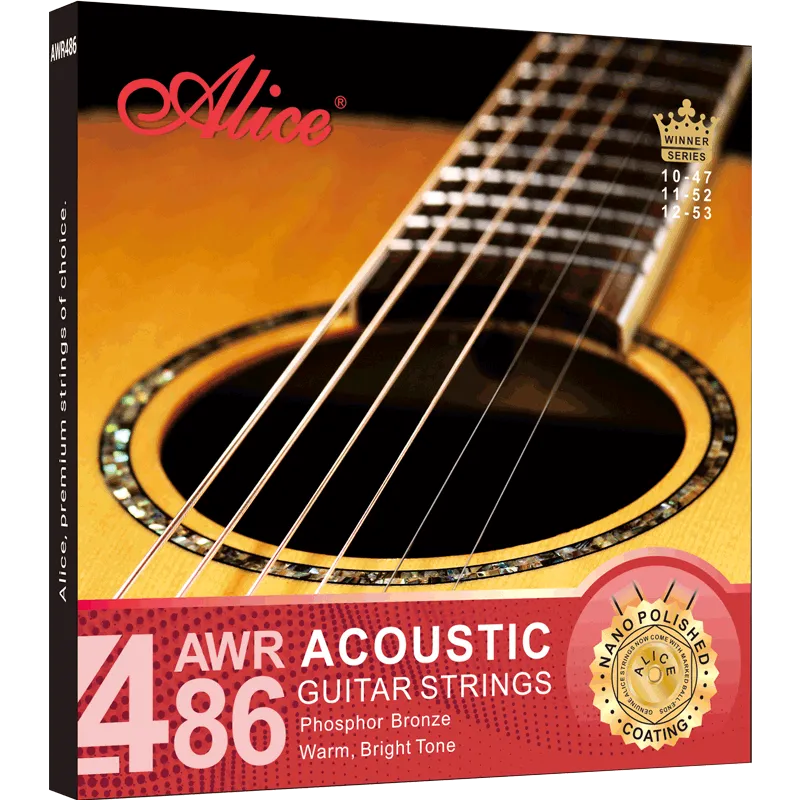
Copper Alloy vs Phosphor Bronze: Which Acoustic Guitar Strings Suit You Best?
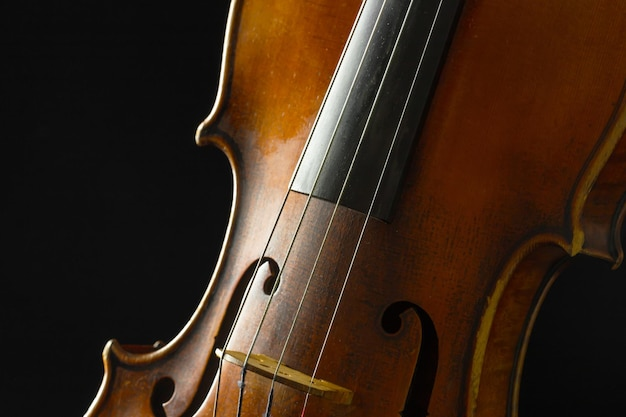
Cello Plucking: Can You Pluck a Cello with Your Fingers? How-To And Tips

What to Do After Buying a Used Electric Guitar: Steps to Refresh It



